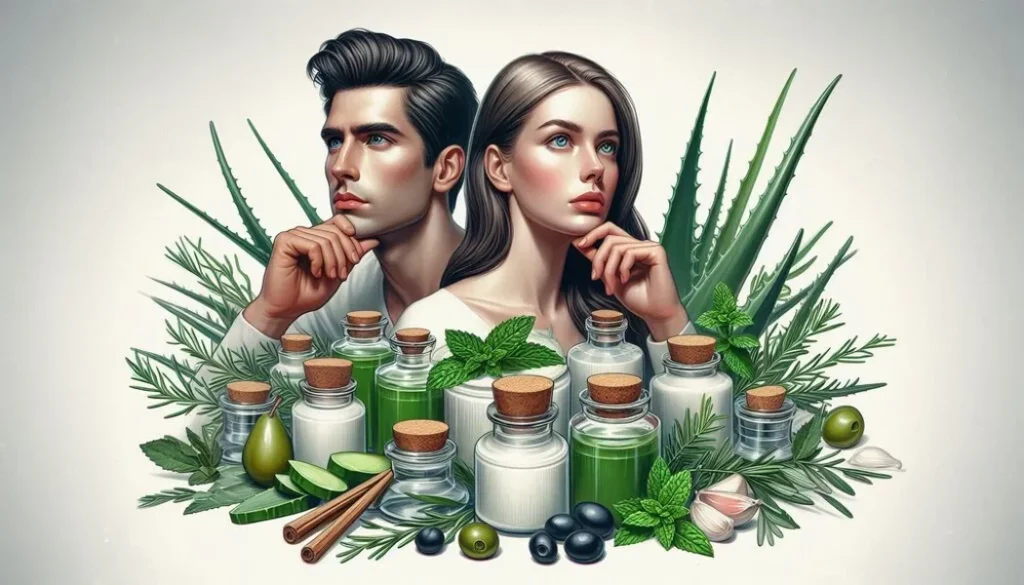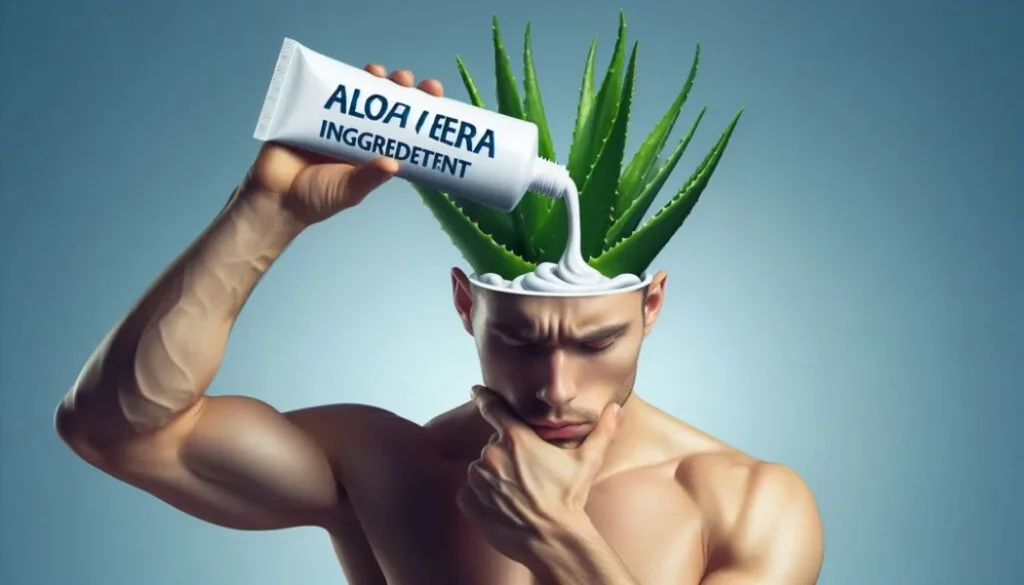Hair lotions are not one-size-fits-all. Just like your choice of shampoo or conditioner, selecting the right lotion depends on your unique hair type. Whether your hair is straight, wavy, curly, or coily, understanding the characteristics of your hair type is key to picking the best lotion. Straight hair might need lightweight lotions that don’t weigh it down, while coily hair thrives with richer, moisturizing formulas that lock in hydration.
The scalp also plays a starring role in this drama of hair care. Not only must the lotion be suitable for your hair, but it should also nurture your scalp. A dry scalp with curly hair may need something hydrating and soothing to combat flakiness and tightness. Meanwhile, an oily scalp with straight hair would do better with a lightweight lotion that doesn’t add more greasiness while still caring for hair strands.

Deciphering the ingredient list is like learning a new language, but importance can’t be overstated. Look for the good stuff like hyaluronic acid for moisture, biotin for strength, and natural oils for nourishment. And each hair needs a little something different. Curly hair types tend to love shea butter and argan oil, while fine, straight hair appreciates the light touch of glycerin and panthenol.
Curious about what premium label to consider? Leading brands are often hailed for their science-backed treatments that cater to diverse hair concerns. And if you’re looking for hydration heroes, products featuring coconut or olive oil could be your best friend. This blending of nature and science is where the magic happens in modern hair care.
🧪 Essential Ingredients in Top Hair Lotions
Choosing the perfect hair lotion involves a close look at what’s inside the bottle. Ingredients are the unsung heroes, making all the difference in how your hair looks and feels. For those in need of mega moisture, elements like argan oil, honey, and aloe vera are top picks. They not only seal moisture in but also add a brilliant shine.
Ingredients such as keratin and biotin are key for those focused on strengthening and reducing breakage. They work by replenishing essential proteins, making your hair more resilient with each use. Those grappling with a sensitive scalp might want to keep an eye out for soothing additions like tea tree oil or chamomile extract, known for their calming properties.

Understanding labels is crucial and often intimidating. Trust me, it’s not just marketing buzzwords. Natural oils and extracts are usually safer bets, but don’t discount something just because it sounds like it’s straight out of a chemist’s lab. Panthenol, a pro-vitamin of B5, is a lab-made beauty that’s celebrated for its intense hydration properties.
A closer ingredient inspection could reveal why some products are hailed as the best for regrowth. Take Minoxidil, often found in the most successful hair regrowth products, which targets the hair follicle directly to stimulate growth. Though not usually a lotion ingredient, knowing such products exist expands your hair care horizons.
So the next time you pick up a bottle, flip it around and scan that list. The magic isn’t just in pretty packaging, it’s the team of ingredients working behind the scenes to sync with your hair’s needs. Decoding this can lead you to the holy grail product that makes every day a good hair day.
⏳ Immediate and Long-Term Benefits: What to Expect From Using Hair Lotions
When you start using the right hair lotion, it’s like your hair gets an instant upgrade. You can expect your hair to feel softer, more manageable, and get that elusive shine we all crave. These changes often pop up after just a few uses, making it a quick win in the battle against dryness and frizz.
Hair lotions can also pitch in for the long game. Sticking with a routine pays off by strengthening your strands over time. You’ll notice less breakage and a fuller appearance as the lotion supports healthier growth. This transformation can take a few months, but embracing the journey is key.

Checking out reviews and customer feedback can be really eye-opening for what’s possible. Many users rave about significant changes in texture and vitality after incorporating targeted lotions into their routine. It’s all about consistency and choosing a product that aligns with your goals.
On the scientific side, consistent use encourages the cuticle – the outer layer of the hair – to lay flat, enhancing shine and reducing friction. This means fewer tangles and less damage from styling.
Wondering about the best ingredients to achieve long-term moisture? Products with coconut or jojoba oil might be your answer. They keep working behind the scenes to nourish hair, proving that nature and nurture can live happily ever after in a lotion bottle. These elements ensure that your hair stays hydrated for the long haul, making repeated use worthwhile.
🌿 Holistic Hair Care: Enhancing Lotion Effects With Additional Treatments
Looking to boost the power of your hair lotion? It might be time to mix things up with additional treatments. Laser therapy is buzzing in the hair care world for its groundbreaking results in promoting growth. These sessions aim to rejuvenate hair follicles, enhancing the effects of your daily routine.
Holistic approaches can’t be ignored either. A balanced diet packed with vitamins and minerals can be game-changing for your hair health. Think leafy greens, nuts, and fish rich in omega-3 fatty acids, which support strong hair from the inside out. Your hydration habits also play a crucial role. Drinking enough water daily aids in transporting essential nutrients to hair cells, supporting their growth and vitality.

Scalp massages can serve as a boost for your lotions, improving absorption and blood flow to the hair follicles. Spend a few minutes during your lotion application massaging in circles; it’s a small change that can lead to big benefits.
DIY treatments like homemade hair masks using avocado or egg yolks provide an extra layer of nourishment. They pair well with lotions, providing deep conditioning while the lotions maintain day-to-day vibrance.
Deciding whether to add these treatments can seem overwhelming, but many folks find blending science with natural approaches offers the best results. Whether through advanced technology or DIY remedies, there’s a range of options to explore, ensuring your hair care journey is as effective and rewarding as possible.
Stay with us — the best is yet to come.
By following our advice, you’re doing the most you can for your hair.
Be the first to know when we publish new guides, tests, and proven strategies for stronger, healthier hair.
👉 Visit the About Me page to learn more about my journey, mission, and why helping people with hair health is so personal to me.
Want healthier, stronger hair? Discover 8 science-backed habits that protect your scalp and boost natural growth. Get your free PDF guide today!
Disclaimer: This article is for informational purposes only and is not a substitute for professional medical advice. Sensitive claims are supported with scientific references, and full product details can always be found on the official websites of the respective manufacturers or distributors.
Some links in this article are affiliate links. If you choose to make a purchase through them, I may earn a small commission at no extra cost to you — helping me keep HairGrowGenius running. Thank you for your support!

✅ FAQ: Top Hair Lotions & What Science Says in 2025
❓Which hair lotion ingredients are supported by clinical studies?
Research on a 1% herbal lotion with rosemary extract showed improved shine and overall hair health in animal studies. Other ingredients like Aminexil, Adenosine, and Copper Peptides have also shown promising results in stimulating hair growth and improving follicle vitality.
❓Are celebrity-loved serums actually effective?
Yes. Products like Cécred Edge Drops contain biotin, bioactive keratin, and peptides. These ingredients are praised by beauty editors and users alike for enhancing fullness, strength, and edge density — and they’re often sold out for a reason.
❓What emerging tech is used in hair lotion research?
Recent innovations include the use of eco-friendly biosurfactants like rhamnolipids and glycolipids, which hydrate the hair while avoiding harsh synthetic detergents like sulfates. These ingredients help lotions deliver moisture more efficiently and gently.
❓Do expert picks reflect science-backed ingredients?
Absolutely. Many of the top-rated lotions and leave-ins recommended by professionals include glycerin, hyaluronic acid, avocado oil, and peptides. These ingredients support hydration, reduce frizz, strengthen strands, and promote scalp balance.
❓How do hair lotions differ from leave-in conditioners and serums?
Hair lotions are usually lightweight, water-based moisturizers that focus on hydrating both scalp and strands. Serums tend to contain more concentrated actives, often targeting damage or growth. Leave-in conditioners combine moisture with mild styling control.
❓What practical advice should users follow?
- Choose products that contain proven ingredients like rosemary extract, copper peptides, glycerin, or hyaluronic acid.
- Opt for clean formulations with gentle surfactants to avoid scalp irritation.
- Match the texture of the product to your hair type — lotions for lightweight moisture, serums for targeted treatment.
- Look for brands that are transparent about ingredients and use sustainable practices whenever possible.
🧠 FAQ section added on June 25, 2025, to keep this post updated with the latest research.


Leave a Reply